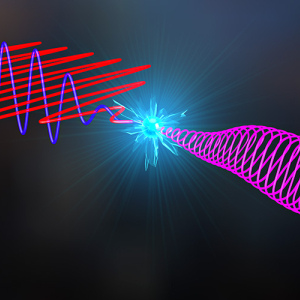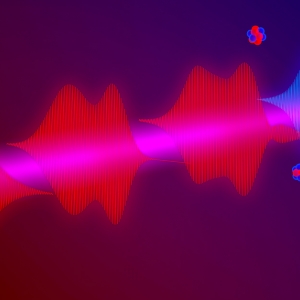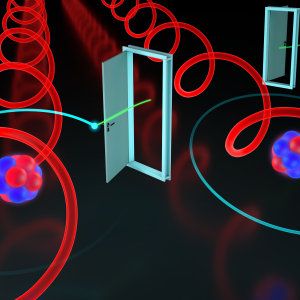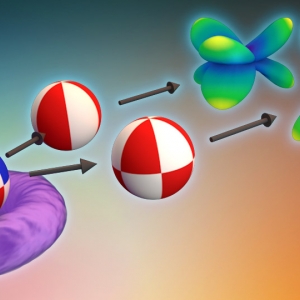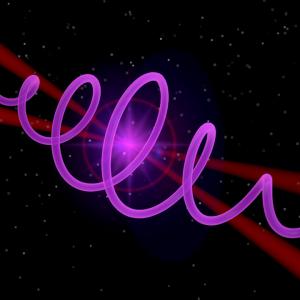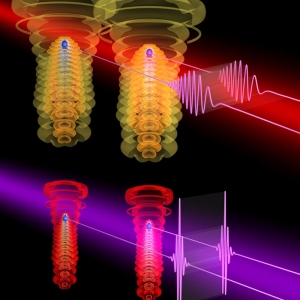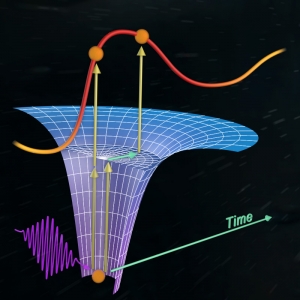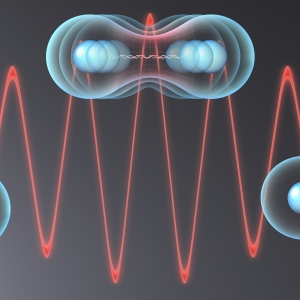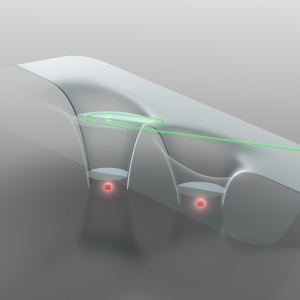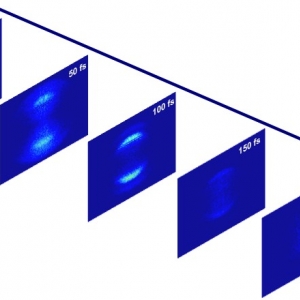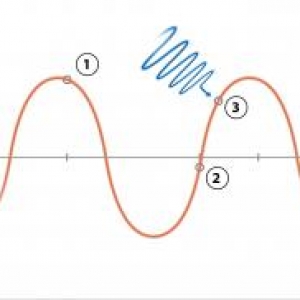Research Highlights
Laser Physics | Precision Measurement | Quantum Information Science & Technology
Creating the “Goldilocks” Zone: Making Special-Shaped Light
Published:
PI: Andreas Becker
Laser Physics
Reconstructing Laser Pulses
Published:
PI: Agnieszka Jaron-Becker | PI: Andreas Becker
Atomic & Molecular Physics | Laser Physics
The Atomic Trampoline
Published:
PI: Andreas Becker
Atomic & Molecular Physics
Measuring Spinning Donuts
Published:
PI: Andreas Becker | PI: Agnieszka Jaron-Becker
Laser Physics
A Collaborative Mastery of X-rays
Published:
PI: Andreas Becker | PI: Agnieszka Jaron-Becker | PI: Henry Kapteyn | PI: Margaret Murnane
Laser Physics
Back to the Future: The Ultraviolet Surprise
Published:
PI: Agnieszka Jaron-Becker | PI: Andreas Becker | PI: Henry Kapteyn | PI: Margaret Murnane
Atomic & Molecular Physics
An Ultrafast Photoelectric Adventure
Published:
PI: Agnieszka Jaron-Becker | PI: Andreas Becker
Laser Physics
The Long and the Short of Soft X-rays
Published:
PI: Andreas Becker | PI: Henry Kapteyn | PI: Margaret Murnane
Atomic & Molecular Physics
Life in the Fast Lane
Published:
PI: Andreas Becker | PI: Henry Kapteyn | PI: Margaret Murnane




